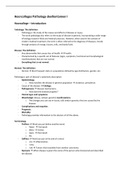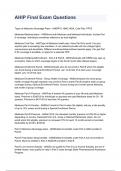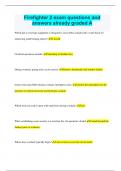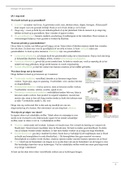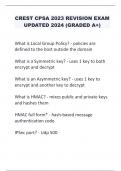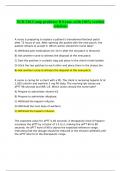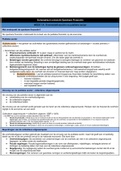College aantekeningen
Hoorcolleges aantekeningen Pathology deeltentamen I
- Instelling
- Vrije Universiteit Amsterdam (VU)
This document contains extensive notes of the lectures that belong to partial exam I. Many pictures are included with an explanation as clear as possible. It is in it English because the exam will also be in English. The practice questions of the lectures are also included with an explanation of th...
[Meer zien]
